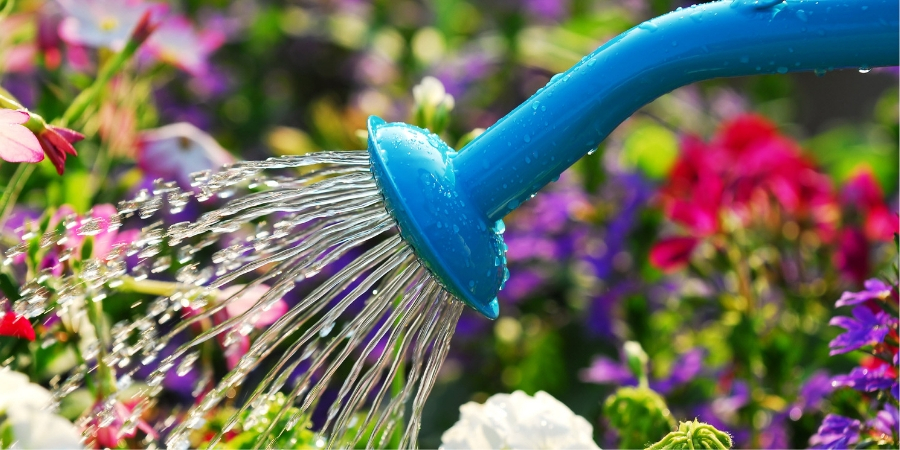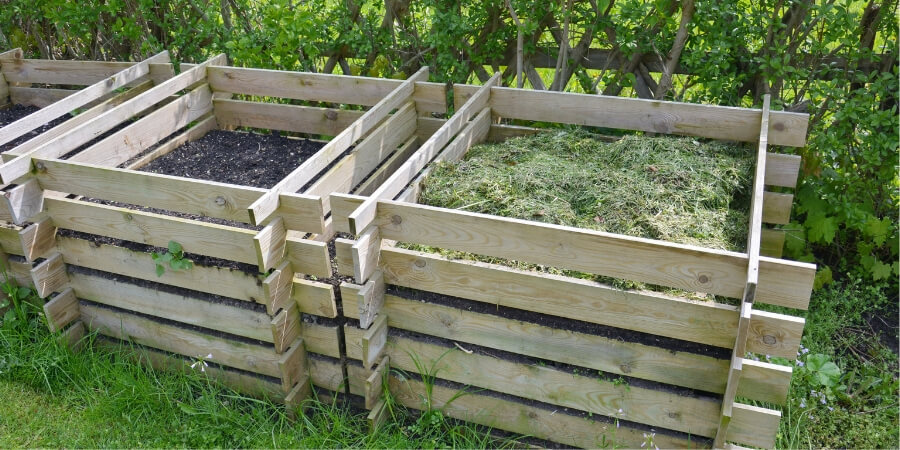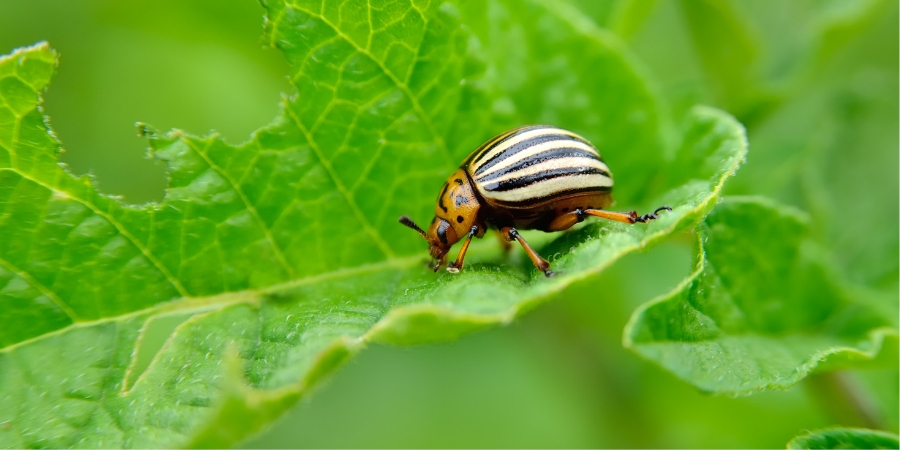Five Easy Steps to a Low Maintenance Eco-friendly Landscape
- horticulturist and gardening expertDecember 28, 2019
You can create a beautiful landscape and be kind to the environment even with a busy schedule and while staying within your budget. All it takes is a bit of planning and a few low maintenance strategies.

1) Be Waterwise.
You’ll save money on your water bill, time spent watering and this precious resource, water. Start by growing drought tolerant plants suited to your growing environment. Once established they will only need watering during extended dry spells. Mulch with shredded leaves, evergreen needles, woodchips, or other organic matter to conserve moisture, reduce weeds, and improve the soil as they decompose.
Fertilize with a slow-release fertilizer, like Milorganite, that promotes slow steady growth instead of excessive greenery that requires more water. Plus, it won’t burn even during drought. And put rainwater to work all season long. Use rain barrels to capture rainwater off your roof or directly from the sky.
2) Recycle Yard Waste in Your Landscape.
Minimize the amount of yard waste produced, reuse what you can and recycle the rest as compost. These are just a few strategies that will save you time bagging, hauling, and disposing of yard debris. You will also save money and time spent buying and transporting soil amendments since you will be creating your own right in your backyard. Start by leaving your grass clippings on the lawn. The short clippings break down quickly, adding organic matter, nutrients, and moisture to the soil. Grow trees suited to the growing conditions and available space. That means less pruning for you and less trimmings you will need to manage.

3) Make Your Own Compost.
Recycle yard waste into compost. Put plant waste into a heap and let it rot. Yes, it really is that simple. The more effort you put into the process, the quicker you get results. Do not add insect-infested or diseased plant material or perennial weeds like quack grass, annual weeds gone to seed or invasive plants. Most compost piles are not hot enough to kill these pests. And do not add meat, dairy, or bones that can attract rodents.
4) Manage Pests in Harmony with Nature.
A healthy plant is your best defense against insects and disease. Select the most pest-resistant plants suited to the growing conditions and provide proper care. Check plants regularly throughout the growing season. It is easier to control a few insects than the hundreds that can develop in a week or two. And when problems arise, look for the most eco-friendly control. Start by removing small infestations by hand. Consider traps, barriers, and natural products if further control is needed. And as always be sure to read and follow label directions carefully.

5) Energy Wise Landscape Design.
Use your landscape plantings to keep your home warmer in the winter and cooler in the summer. You’ll be more comfortable and save money on your utility bills. Plant trees on the east and west side of the house to shade windows in the summer and let the sunshine in and warm your house through the south-facing windows in winter. Shade your air conditioner, so it runs more efficiently and collect and use any water it produces for your container gardens.
Incorporate these changes into your gardening habits over time. Soon you will find you have included these and many more strategies that help you save time and money while being kind to the environment.

